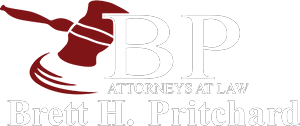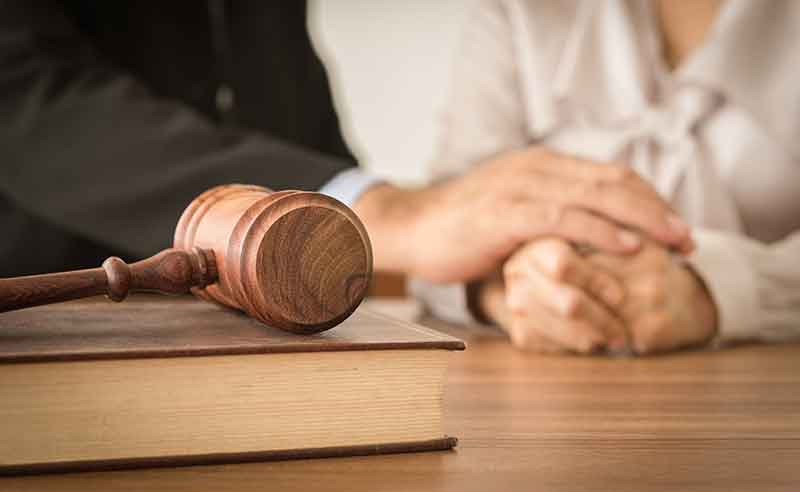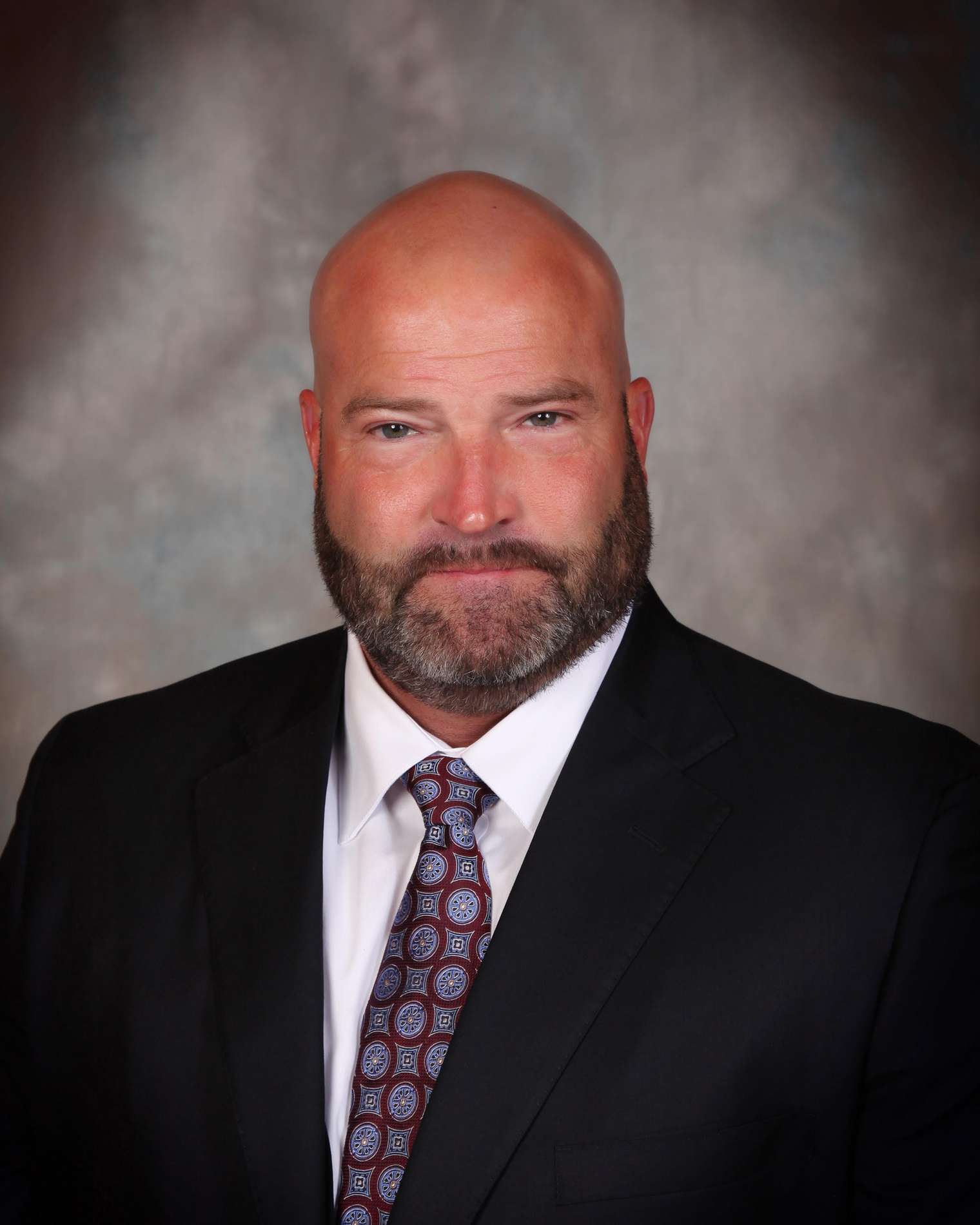There is no denying that Halloween 2020 was a bust, and many are expecting the holiday to be back in great force in 2021. There is reason to proceed with cautious optimism, and Halloween celebrations are an extension of this. Children love the magic of the holiday, and fortunately, there are a variety of steps that you can take – in terms of the pandemic and safety generally – to help make this year a happy, safe, and spooky good time.
The CDC Weighs In
The director of the Centers for Disease Control and Prevention – in an ABC interview – relayed that, this year, children should be able to get out there and enjoy the fruits of the Halloween holiday. The safety tips forwarded include:
Plan to trick or treat outdoors and avoid crowds and crowded Halloween parties.
Keep your group of trick or treaters small (which is not likely to be a significant risk).
Trick or treating outdoors helps to keep the risk of contracting COVID-19 to a minimum. While it should be safe to celebrate Halloween this year with your family, there are some important safety measures that it is a good idea to keep in mind.
For Holidays Generally
CDC understands how important holiday traditions and the opportunity to connect with friends, family members, and loved ones is throughout the nation and throughout the year, and in response, it has updated its safety guidelines for the upcoming holidays in general (including Halloween). These safety updates include:
If you are eligible to be vaccinated, do so. By doing so, you help to protect those who are not eligible and who are more vulnerable to serious illness than you likely are. On a positive note, evidence suggests that vaccines will soon be approved and available for children from the ages of 5 to 11.
If you are not fully vaccinated, always wear a well-fitting mask that covers both your mouth and nose whenever you are in an indoor public setting.
If you are in a community with substantial to high transmission rates, you should wear a mask even if you are fully vaccinated when in a public indoor setting.
Avoid crowded and poorly ventilated spaces, and remember that outdoor spaces are always safer than indoor spaces.
If you have symptoms of COVID-19 or have been in close contact with someone who has the virus, get tested and do not host or attend any gatherings.
If someone in your family or household is exceptionally vulnerable, it is a good policy to always wear a mask when you are out and about.
If you are gathering with people from a variety of areas and from different households, taking extra precautions – such as avoiding crowds, regularly donning a mask, and being tested prior to attending – is well-advised.
Do not put a mask on a child who is younger than two.
Choosing Safe Costumes
There are some specific safety measures that relate directly to the Halloween holiday. When creating your children’s (and your own) costumes, it is important to ensure that all of the following apply:
The entire costume, including the wig and accessories, should be fire-resistant.
If you are trick-or-treating with your children after dark, make sure they wear an item of clothing that is reflective, wear something with reflective tape on it, and/or carry glow sticks.
Choose non-toxic costume makeup over Halloween masks, which tend to obscure vision. Do a small skin test with the makeup (for skin sensitivities) prior to Halloween, and gently remove your children’s makeup prior to bed.
Ensure that your child’s costume fits him or her well. Ill-fitting costumes can pose tripping hazards.
Releasing Your Kids to the Streets
The scariest thing about Halloween isn’t the ghosts and goblins, but – instead – is the startling statistic that children are more than two times as likely to be fatally injured in a car accident than they are on any other day of the year. The fact that your kids are more likely to be out after dark plays a role in this statistic. The following safety tips can help you keep your little monsters safe when you release them to the streets for trick-or-treating fun:
According to Safe Kids Worldwide, kids who are under the age of 12 should be accompanied by a responsible adult when trick or treating.
If your children are old enough and mature enough to venture out on their own, review their trick-or-treating route with them (to ensure that it is safe and acceptable to you – as the adult in the bunch).
Limit your children’s exposure to risk by setting a specific curfew that ensures they are home by a specific time.
Make sure your children understand the dangers associated with entering a stranger’s car or home, and make sure that your children make it their policy never to do so.
Teach your children to stick to well-lit areas that they are familiar with and to stay with their group of friends throughout the evening.
Remind your children not to tuck into their candy until they have returned home (and to remain alert to food allergies).
Parents and children alike should put down their phones and should not trick or treat while distracted.
Ensure that your children understand the importance of adhering to the rules of pedestrian safety, which include crossing the street at marked crosswalks whenever possible and walking purposefully across when it is safe to do so (not running across).
When You Are behind the Wheel
If you are going to be driving on Halloween, it is critical that you make safety your top priority. The fact is that it is Halloween and children are excited, which means that you should expect the unexpected and be well-prepared to stop when it happens. The only way to help ensure that you can react safely to a child who darts out in front of your vehicle is to reduce your speed considerably, which allows you more time to respond safely to whatever frights Halloween throws your way. When you are behind the wheel, keep all of the following Halloween safety tips in mind:
Keep your eyes peeled for children in your midst, including on roadways, curbs, medians, and crosswalks.
Search for children in dark clothing (who are more difficult to see after twilight).
Be especially careful when entering and exiting driveways and alleys.
Pedestrian Accidents and Driver Negligence
The sad truth is that pedestrian accidents are some of the deadliest traffic accidents on our roadways, and children are the most vulnerable of all. Pedestrian accidents are often caused by driver negligence, and this is just as true on Halloween night as it is at any other time of the year. When a motorist is not committed to following the rules of the road and to doing what it takes to allow the safe passage of children in his or her midst, it greatly increases the risk factor involved.
Failing to Obey the Rules of the Road
Motorists who do not think the safety rules of the road apply to them make our roadways more dangerous for everyone – but this goes double for children on Halloween. When a motorist fails to slow down appropriately, fails to come to complete stops at stop signs, and/or engages in any other unsafe practices, innocent children can pay the ultimate price, and Halloween statistics bear this out.
Distraction
Distracted drivers are dangerous drivers – no matter where they are and no matter when they take to the road – but distracted drivers are that much more dangerous on Halloween (when children are out in droves and are perhaps more excited – and distracted themselves – than at any other time of the year). Texting and other smartphone activities are the most dangerous distractions of all because they commingle all three categories of distraction, including:
The driver’s hands
The driver’s sight
The driver’s thoughts
Distracted drivers put trick or treaters at significantly increased risk.
Impairment
Children are not the only ones who enjoy Halloween, and some adults enjoy the holiday a bit too much. When impaired revelers get behind the wheel, they not only endanger other motorists but also put trick or treaters in danger. In a world in which rideshare drivers abound, there is absolutely no excuse for driving drunk or otherwise impaired. The risk is simply too great – do not drink and drive (on Halloween or at any other time of the year).
Exhaustion
Drowsy driving can imitate drunk driving, and drowsy drivers are exceptionally dangerous drivers – often without realizing the danger they pose. Many motorists, who would not dream of driving drunk, fail to recognize the immense danger associated with drowsy driving. Drivers who are under the influence of too little sleep can experience both cognitive and physical impairments that rival those of drunk drivers.
Excess Speed
When drivers speed, they not only make accidents more likely, but they also make the accidents themselves more likely to be very serious. When you mix children into this equation, it is a tragedy in the making. Driving at a safe speed is about more than just adhering to the speed limit – it involves safely accommodating whatever is happening on the road at the time, and on Halloween, this means being on the lookout for and allowing for the safe passage of trick or treaters in your midst.
Common Injuries
Because pedestrians have absolutely nothing to protect them from the impact of a traffic accident, pedestrian accidents tend to be exceptionally dangerous, and certain kinds of serious injuries are common.
Broken Bones
A broken bone is a painful injury that is slow to heal, and that can lead to serious complications – especially if the break itself is complicated. A break that fails to heal correctly can lead to a significant loss in the range of motion and can even be physically debilitating.
Cuts, Burns, and Scrapes
In pedestrian accidents, the victims are often thrown or dragged on the road, and in the process, they often come in contact with blazing hot metal, sharp edges, and rough concrete – all of which can lead to dangerous and infection-prone cuts, burns, and scrapes. These injuries are highly susceptible to secondary health issues, and when they are on or near the face, they can be disfiguring.
Spinal Cord Injuries
Spinal cord injuries are typically caused by a jolt or impact to the neck, back, or shoulders, and they are exceptionally painful injuries that are closely associated with a severe decrease in range of motion and chronic pain. When the spinal cord itself is severed, the resulting injury is permanent paralysis and a lifetime of healthcare needs.
Traumatic Brain Injuries
Traumatic brain injuries – often called TBIs – are generally caused by either a blow to the head or by the severe shaking of the head, and the results are as dangerous as they are unpredictable. TBIs often lead to emotional and psychological symptoms that can be exceptionally difficult to overcome. Consider the following:
Severe mood swings
Emotional lability that can include crying jags
Increased anxiety which can include anxiety attacks
Depressive episodes
A tendency to retreat into self-isolation and to keep loved ones at bay
Difficulty concentrating
Sleep disturbances that can include nightmares or night terrors
Some victims of serious TBIs compare the effects to an altered sense of self that makes a recovery seem exceptionally far from reach.
It Is Time to Consult with an Experienced Killeen Personal Injury Attorney
Brett Pritchard at the Law Office of Brett H. Pritchard – proudly serving Killeen, Texas – is an accomplished personal injury attorney with a wide range of experience successfully guiding cases like yours toward beneficial resolutions. Our skilled legal team is on your side and here to help, so please do not hesitate to contact us online or call us at (254) 781-4222 today to learn more about what we can do for you.







